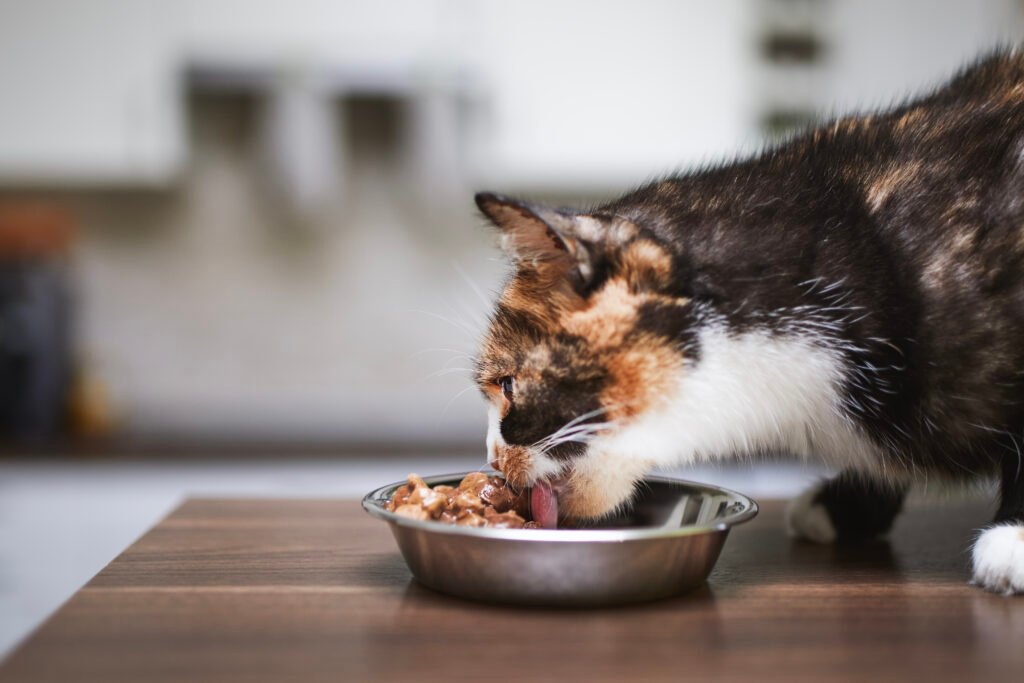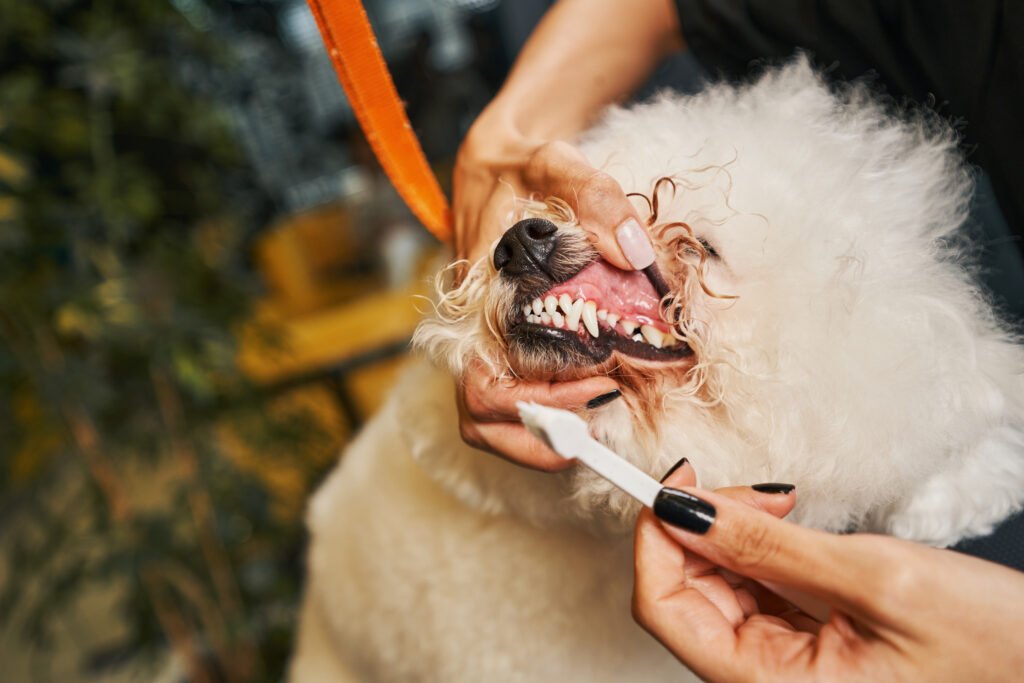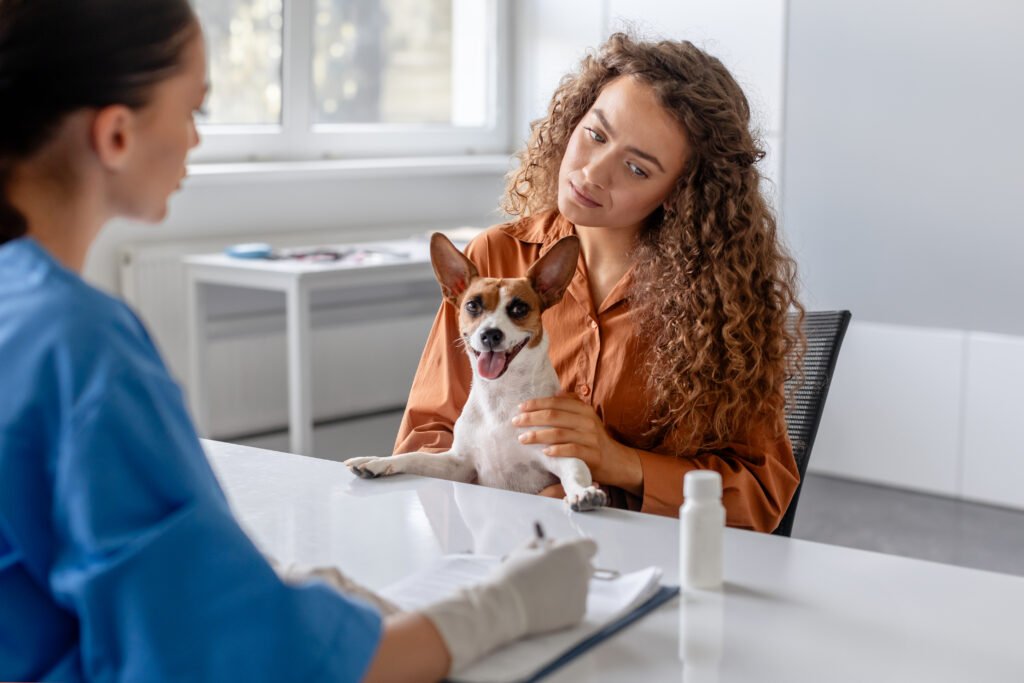Vet bills can quickly add up, but that doesn’t mean you have to choose between your pet’s health and your wallet. Smart pet owners know that with a little planning, preventive care, and strategic spending, they can keep their furry friends happy and healthy without breaking the bank.
In this guide, we’ll explore 10 expert-approved ways to save money on vet bills, ensuring your pet gets the care they deserve—without unnecessary expenses.
1. Prioritize Preventive Care
The best way to save on vet bills is to prevent problems before they start. Regular check-ups, vaccinations, and parasite prevention can help catch health issues early, reducing the need for costly treatments later.
What You Can Do:
- Stick to annual wellness exams (or bi-annual for senior pets).
- Keep up with vaccinations to prevent costly diseases.
- Invest in high-quality flea, tick, and heartworm preventatives. Check out our highly recommended on Amazon

Credit: Envato
2. Keep Your Pet at a Healthy Weight
Obesity in pets can lead to expensive health issues like diabetes, joint pain, and heart disease. By maintaining a healthy diet and regular exercise, you’ll prevent these costly conditions.
What You Can Do:
- Feed portion-controlled, high-quality pet food. Pet parents love this! See why on Amazon
- Limit treats and avoid feeding human food.
- Engage in daily exercise—walks for dogs, interactive play for cats.

Credit: Envato
3. Learn Basic At-Home Care
Many vet visits can be avoided by learning basic pet care techniques at home. This includes:
- Brushing your pet’s teeth instead of paying for professional cleanings. Check out this bestseller pet toothbrush on Amazon
- Trimming your pet’s nails to avoid costly vet visits for overgrown nails. Our highly recommended nail trimmer from Amazon
- Cleaning your pet’s ears to prevent infections. Check

Credit: Envato
4. Choose an Affordable but Experienced Vet
Veterinary costs vary by location and clinic. Instead of choosing the first vet you find, do some research to compare prices and reviews.
How to Save:
- Ask about payment plans or discounted wellness packages.
- Check if low-cost vet clinics or nonprofit animal hospitals are available in your area.
- Get second opinions for non-urgent treatments to ensure you’re not overpaying.

Credit: Envato
5. Consider Pet Insurance or a Savings Fund
Unexpected medical emergencies can cost thousands of dollars. Pet insurance helps cover accidents and illnesses, while a savings fund gives you peace of mind for unplanned expenses.
What You Can Do:
- Compare pet insurance plans to find one that suits your budget.
- If insurance isn’t for you, start a pet emergency savings fund and set aside a small amount each month.

Credit: Envato
6. Take Advantage of Low-Cost Vaccination & Spay/Neuter Clinics
Many local shelters, nonprofits, and pet stores offer low-cost vaccination and spay/neuter clinics. These services are often much cheaper than a full-service vet clinic.
Where to Find These Clinics:
- Humane societies
- Local animal rescues
- Pet stores like Petco & PetSmart
7. Buy Medications Online for a Lower Price
Vet clinics often charge markup prices on medications. Instead, order pet meds from reputable online pharmacies to save money.
Where to Buy:
8. Make DIY Pet Treats & Supplements
Instead of buying expensive store-bought treats and supplements, make them at home! Many homemade treats are healthier and cheaper.
Easy DIY Treats:
- Frozen peanut butter & banana treats
- Homemade chicken & sweet potato jerky
- DIY calming treats for anxious pets. This has been a game changer for pet owners check it out on Amazon

Credit: Envato.
9. Join a Pet Subscription Service for Discounts
Subscription boxes for pet food, toys, and meds can save you money compared to buying items individually.
Best Subscription Services:
- BarkBox for treats & toys. Check their website for more.
- The Farmer’s Dog for fresh, healthy pet food. Visit the website for more details.
- Auto-ship pet meds for discounts. For more visit the website
10. Know When a Vet Visit is Necessary
Many pet issues can be treated at home with over-the-counter solutions. But some require immediate vet attention.
When to Visit the Vet Immediately:
- Severe vomiting or diarrhea that lasts more than 24 hours.
- Labored breathing or collapse.
- Ingesting toxic foods (chocolate, grapes, etc.).
- Visible pain, limping, or sudden behavior changes.
When You Can Handle it at Home:
- Mild skin irritations → Try an anti-itch pet spray available on Amazon.
- Minor ear infections → Use vet-approved ear cleaner.
- Upset stomach → Feed plain pumpkin or rice.
Final Thoughts: Smart Savings for Pet Owners
Saving money on vet bills doesn’t mean cutting corners on your pet’s health. By following these 10 smart strategies, you can reduce unnecessary expenses while keeping your pet happy, healthy, and well cared for.
Your Turn! What are your favorite money-saving pet care tips? Drop a comment below!
Don’t forget to check out these budget-friendly pet essentials

